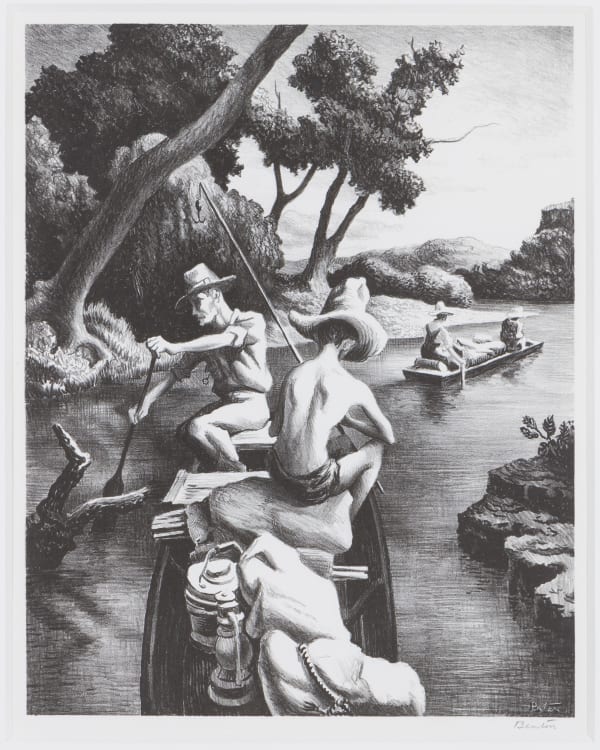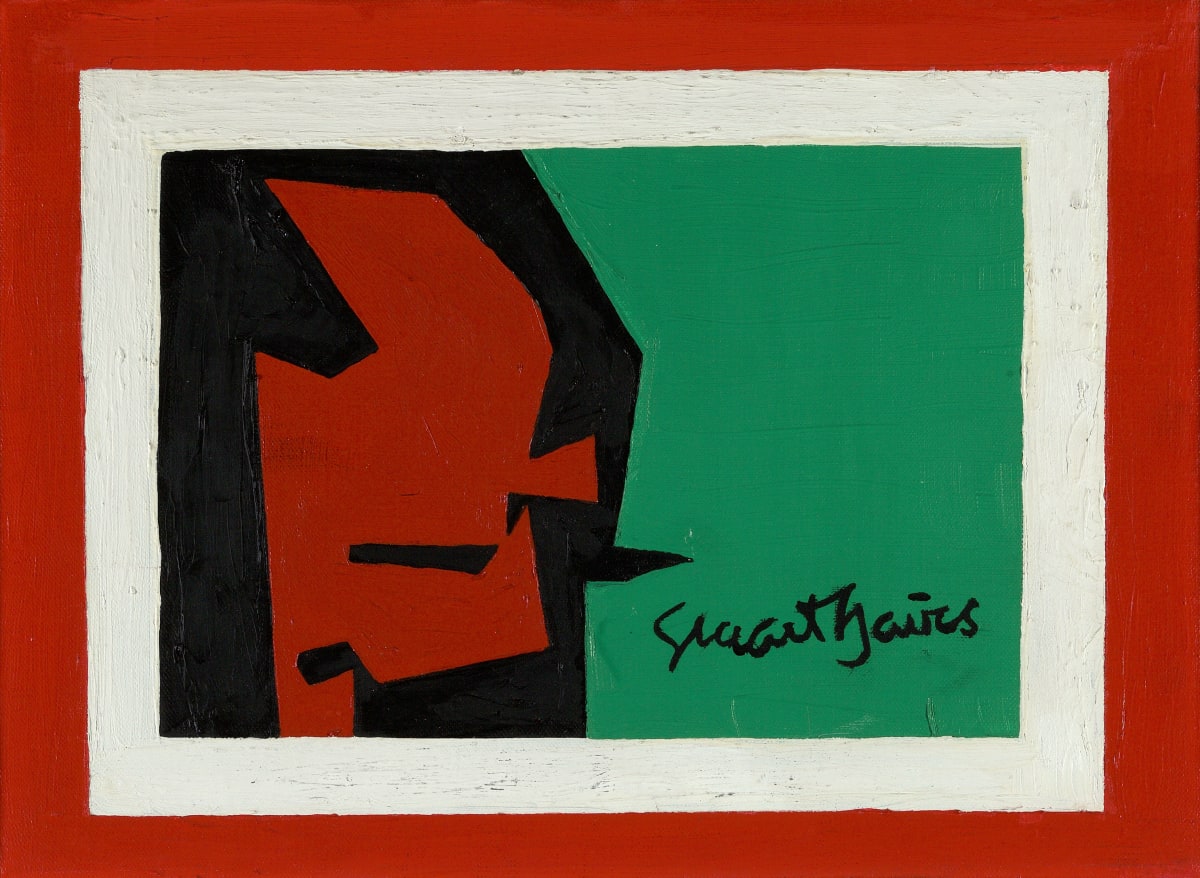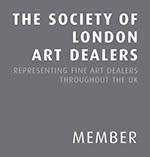-
 Thomas Hart BentonSaw Mill & Cornmeal & Grinder - Custom Grinding on Saturdays, 1928Sepia, wash, ink and pencil on paper22.2 x 30 cm
Thomas Hart BentonSaw Mill & Cornmeal & Grinder - Custom Grinding on Saturdays, 1928Sepia, wash, ink and pencil on paper22.2 x 30 cm
8.75 x 11.75 in -
 Thomas Hart BentonDiscussion, 1969Lithograph25 x 30.5 cm
Thomas Hart BentonDiscussion, 1969Lithograph25 x 30.5 cm
9.75 x 12 inEdition of 250 -
 Thomas Hart BentonNebraska Evening, 1941Lithograph25.5 x 33 cm
Thomas Hart BentonNebraska Evening, 1941Lithograph25.5 x 33 cm
10 x 13 inEdition of 250 -
 Thomas Hart BentonOld Man Reading, 1941Lithograph25 x 30.5 cm
Thomas Hart BentonOld Man Reading, 1941Lithograph25 x 30.5 cm
10 x 12 inEdition of 250 -
 Thomas Hart BentonDown the River, 1939Lithograph31.5 x 25 cm
Thomas Hart BentonDown the River, 1939Lithograph31.5 x 25 cm
12.5 x 10 inEdition of 250 -
 Thomas Hart BentonHaystack, 1939Lithograph26.5 x 32.5 cm
Thomas Hart BentonHaystack, 1939Lithograph26.5 x 32.5 cm
10.5 x 13 inEdition of 250 -
 Thomas Hart BentonProdigal Son, 1939Lithograph25.5 x 33.7 cm
Thomas Hart BentonProdigal Son, 1939Lithograph25.5 x 33.7 cm
10 x 13.25 inEdition of 250
Thomas Hart Benton was an American painter and Muralist, whose work spanned over 60 years. He left an enduring impact on American painting and the celebration of its rural regions.
Benton shrugged off family pressure to become a politician. In 1907, he enrolled at The School of Art Institute of Chicago. After two years, like many American students at the time, Benton travelled to Paris and enthralled himself in the vibrant avant-garde art scene. Whilst there, he met important North American artists like Diego Rivera and Stanton McDonald-Wright, who were crafting a movement based around Synchromism. Upon his return and during WW1, Benton designed camouflage for identifying American and allied ships at sea, which he later described as the most important artistic endeavour of his life.
Once married and settled back into family life, Benton declared himself an enemy of modernism - a disenfranchisement familiar with post-war thinking after witnessing the destructive power of machines and technology during the war. He began a naturalist, representational way of thinking, which would later be described as Regionalism. Through his detailed El Greco-esque representation of often overlooked and marginalised regions of American life, Benton celebrated the relationship between land and (the sometimes controversial) history of rural America. Working women and men are depicted with the same insatiable detail and beauty as angelic biblical figures adorning chapels all over Europe. Benton’s lasting impact on American painting can be seen through his contributions to the generations of artists under his tutelage, which challenged and carried the baton on for the distinctly American way of being.









